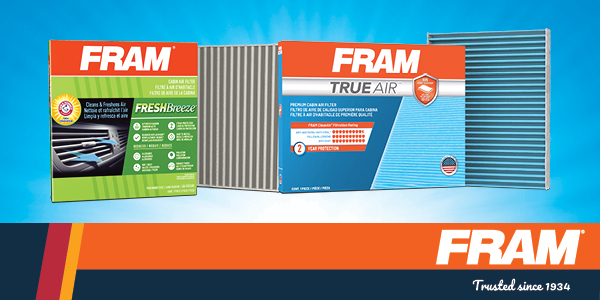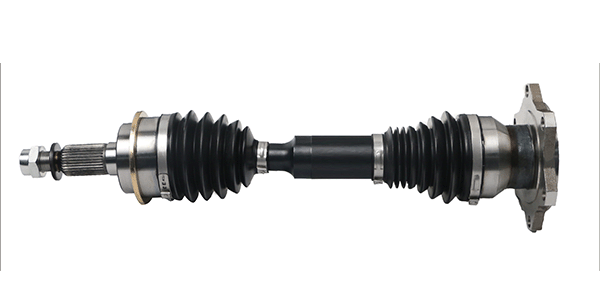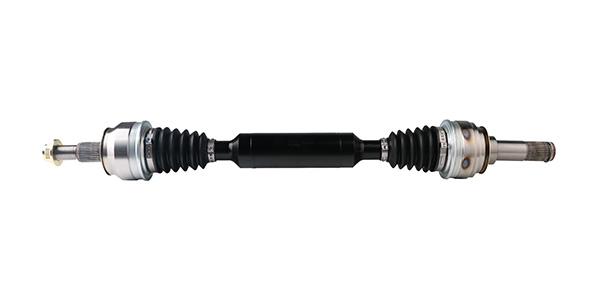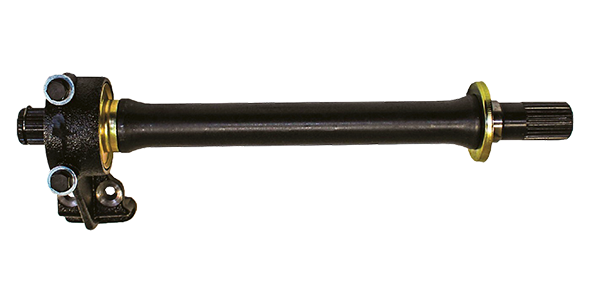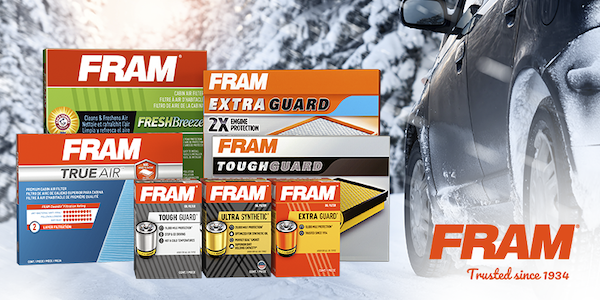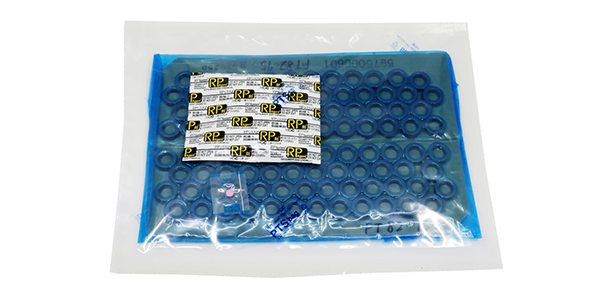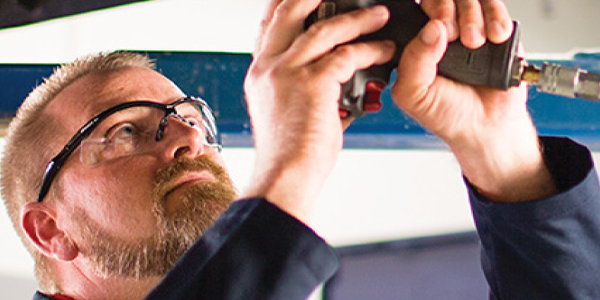Keep the air in the cabin clean and the warm air flowing freely
When it comes to performing preventative maintenance on your vehicle, filtration is a great place to start.
At first, you may think about performing regular oil changes, along with replacing engine oil and air filters. Another component that protects critical spaces – the cabin air filter – should be replaced at recommended intervals as well. Especially while preparing for the cold winter months.
Regularly replacing a cabin air filter is a relatively easy task that has several benefits for passengers and vehicle performance, and it’s a good recommendation to make for your customers at this time of year.
Keep the Air Moving
One of the most important things that cabin air filter replacement accomplishes is keeping the air inside the vehicle’s cabin flowing freely. Just like an engine air filter, a cabin air filter will become clogged over time. This restricts the air flow into the cabin, and since drivers will be using the vehicle’s heating system during the winter, they’ll want as much warm air circulating as possible.
Furthermore, a clogged cabin air filter strains a vehicle’s HVAC system as it struggles to push clean air through the vents. By regularly replacing the filter, warm, clean air can flow freely inside the cabin, keeping the driver and passengers comfortable.
Maintain Clean and Fresh Air in the Cabin
Another key benefit to recommending cabin air filter replacement is that it will keep the breathable air inside a customer’s vehicle clean and free from irritants.
Dirt, debris from autumn leaves, and road salt can infiltrate a vehicle’s cabin if the old filter is clogged – and so can harmful allergens like pollen and ragweed. FRAM® has two premium products to defend against this.
FRAM’s newest premium cabin air filter, FRAM TrueAir™, features an innovative N95 grade media* that capturers 95% of harmful airborne irritants, as small as 0.3 micron. FRAM TrueAir™ is designed with dual-layered protection to filter out 99% of dirt, dust, pollen, and other pollutants to keep the cabin air clean.
The trusted, FRAM Fresh Breeze® cabin air filter, is engineered with Arm & Hammer™ baking soda and has activated carbon embedded in its media. These unique features provide deodorizing properties while also filtering out up to 98% of airborne contaminants**, keeping cabin air clean and fresh.
Changing the cabin air filter at regular intervals – every 12 months or 12,000 miles – helps keep the cabin air clean while protecting passengers and the vehicle’s heating system at the same time.
FRAM® has a legacy that goes back decades delivering leading technology and innovations. FRAM® delivers a full set of filtration products to keep contaminants under control in critical spaces. If you’re already recommending quality engine air and oil filters, your customers also deserve to ride comfortably with optimal cabin air filtration. Explore the full offering of trusted filters at fram.com.
*Product is not NIOSH certified and not intended for use as a respirator or for medical purposes. Based on 3rd party ISO11155 testing of FRAM filter CV10381 achieving 95% filtration efficiency @ 0.3 micron, and 99%+ efficiency @ 3 micron.
** Road dust and pollen particles ranging in size from 5-100 microns.
This article was sponsored by FRAM.

